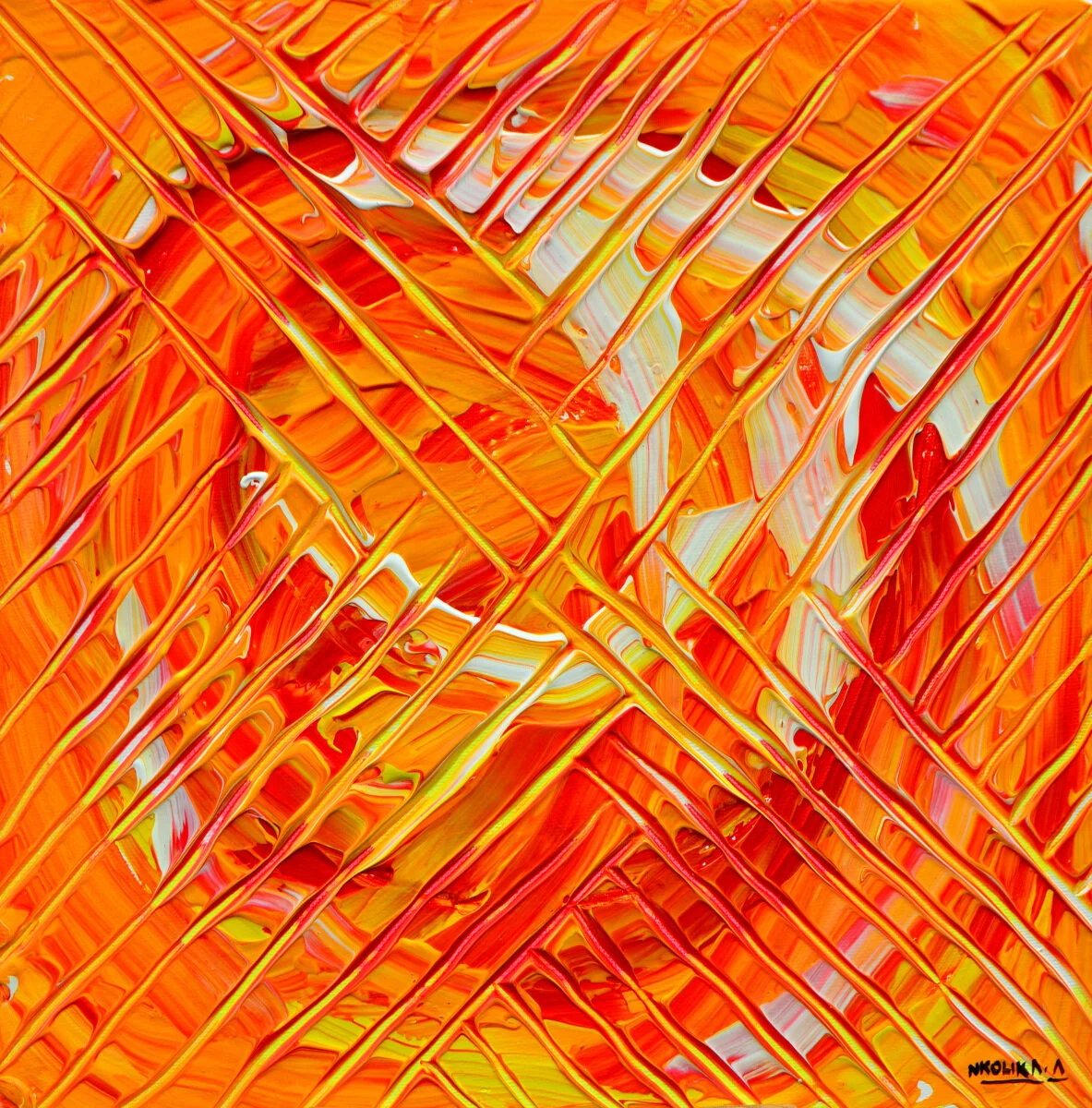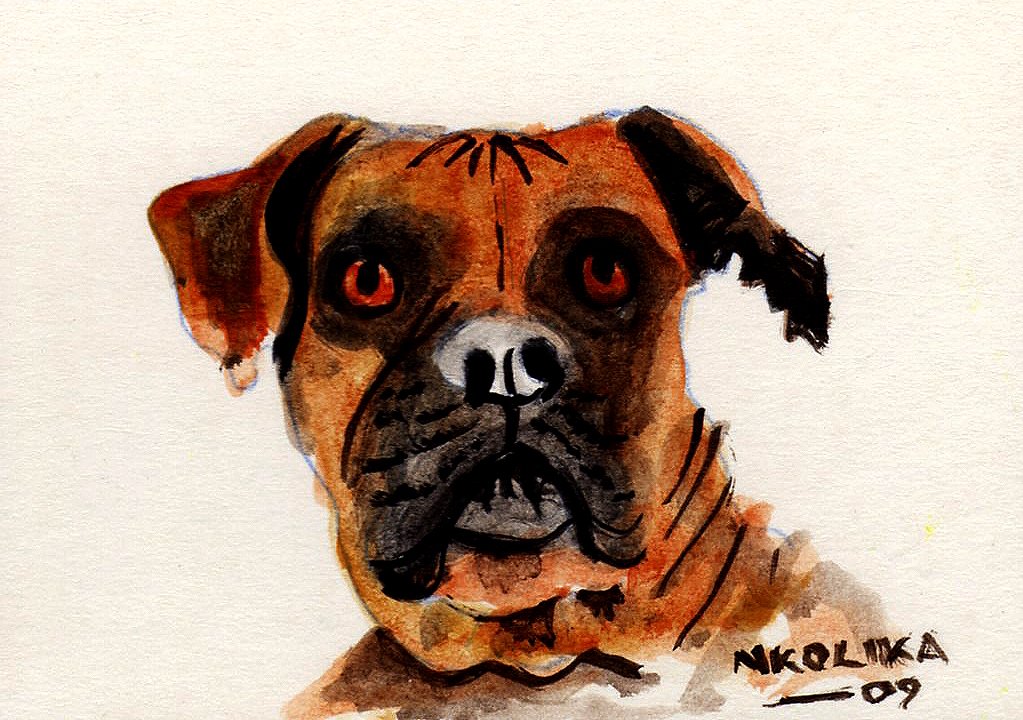How Flexible Are You?
Contortion (sometimes called Contortionism) is an unusual form of physical display which involves the dramatic bending and flexing of the human body. Contortion is often part of acrobatics and circus acts.
In general, contortionists have unusual natural flexibility, which is then enhanced through gymnastic training. Many contortionists have a genetic disorder called Ehlers-Danlos Syndrome.
What is Ehlers-Danlos syndrome (EDS)?
Ehlers-Danlos syndrome (Also called: Cutis Elastica, EDS) is a heterogeneous group of heritable connective tissue disorders, characterized by articular (joint) hypermobility, skin extensibility and tissue fragility.
Individuals with EDS have a defect in their connective tissue, the tissue that provides support to many body parts such as the skin, muscles and ligaments.
The fragile skin and unstable joints found in EDS are the result of faulty collagen. Collagen is a protein, which acts as a "glue" in the body, adding strength and elasticity to connective tissue.
Ehlers-Danlos syndrome is uncommon. About 1 in 5,000 people has EDS.
What are the types of EDS:
There are six major types of EDS. They can range from mild to life-threatening. The different types of EDS are classified according to their manifestations of signs and symptoms. They are:
Hypermobility type (formerly type III): This is the most common form. It may affect as many as one in 10,000 to 15,000 people
Classical type (formerly types I and II): This type probably affects about one in 20,000 to 40,000 people
Vascular type (formerly type IV): This is one of the most serious forms of EDS. It affects an estimated one in 250,000 people.
Kyphoscoliosis type: This uncommon form has few cases reported worldwide.
Arthrochalasis type: This is rare. Only about 30 cases have been reported worldwide
Dermatosparaxis type: This form is also rare, with only about a dozen cases reported worldwide.
Each type of EDS is a distinct disorder that "runs true" in a family. This means that an individual with Vascular Type EDS will not have a child with Classical Type EDS.
What are the symptoms of EDS?
Some of the more prominent symptoms of Ehlers-Danlos syndrome include flexible joints that extend beyond the normal range of movement and skin that's especially stretchy or fragile. Clinical manifestations of EDS may include:
Joints:
Joint hypermobility
Loose/unstable joints which are prone to frequent dislocations and/or subluxations
Joint pain
Hyperextensible joints (they move beyond the joint's normal range)
Early-onset of osteoarthritis.
Skin:
Soft velvetâ-like skin
Variable skin hyper-extensibility
Fragile skin that tears or bruises easily (bruising may be severe)
Severe scarring
Slow and poor wound healing
Development of molluscoid pseudo tumours (fleshy lesions associated with scars over pressure areas).
Miscellaneous/Less Common:
Chronic, early-onset, debilitating musculoskeletal pain (usually associated with the Hypermobility Type)
Arterial/intestinal/uterine fragility or rupture (usually associated with the Vascular Type);
Scoliosis at birth and scleral fragility (associated with the Kyphoscoliosis Type)
Poor muscle tone (associated with the Arthrochalasia Type)
Mitral valve prolapse
Gum disease.
Hernias
Treatment:
There is no cure!!!
There is no way to reverse the genetic alterations that cause Ehlers-Danlos syndrome. Treatment focuses primarily on managing individual signs and symptoms and preventing further complications. Much of this consists of self-care strategies to protect joints and prevent excessive bruising and injuries.
The required health care team may include specialists from a variety of different fields, including medical genetics, surgery, paediatrics, orthopaedics, cardiology and ophthalmology, to name a few.
A point to note:
Not all contortionists have EDS. Many may have normal yet very flexible joints, or "double joints." This isn't the same as Ehlers-Danlos syndrome.
So how flexible are you?
Read more:
Wikipedia
MedLine Plus
Mayo Foundation for Medical Education and Research
Ehlers-Danlos National Foundation










